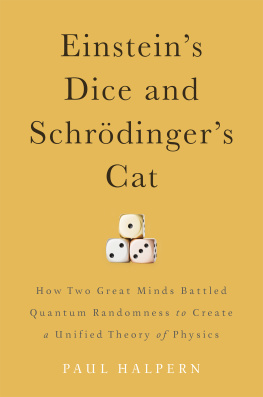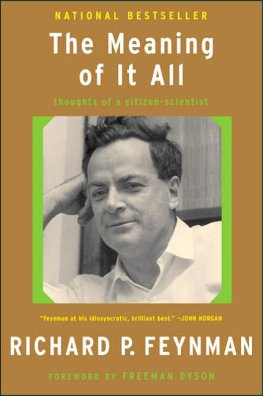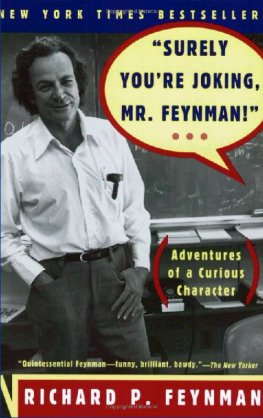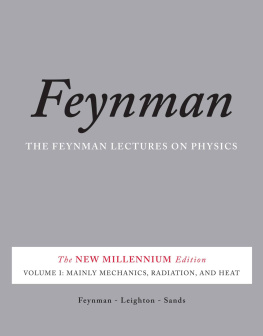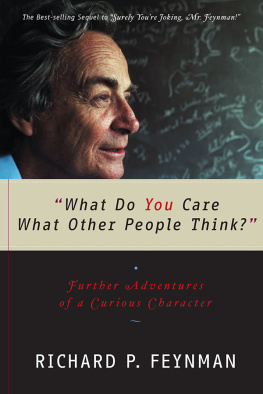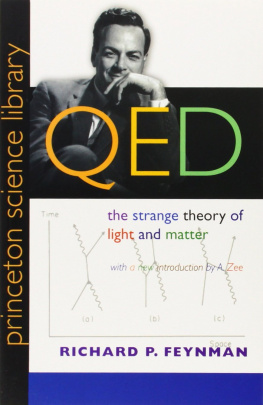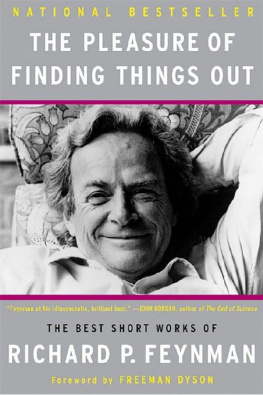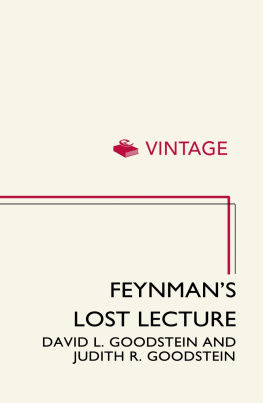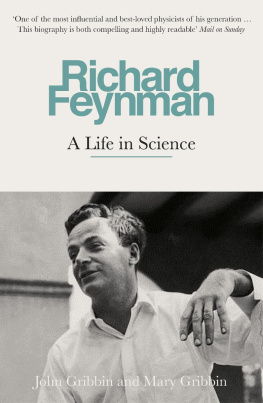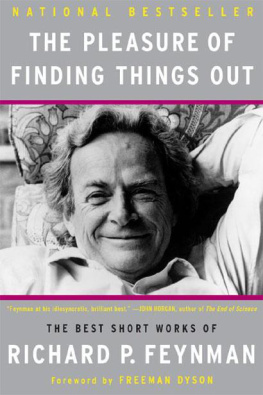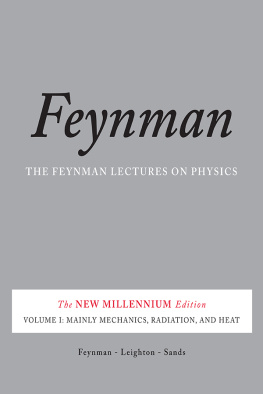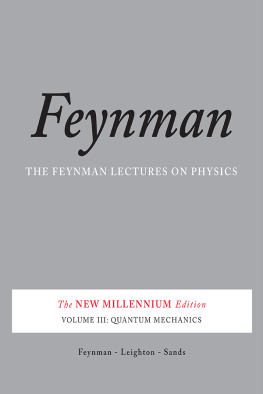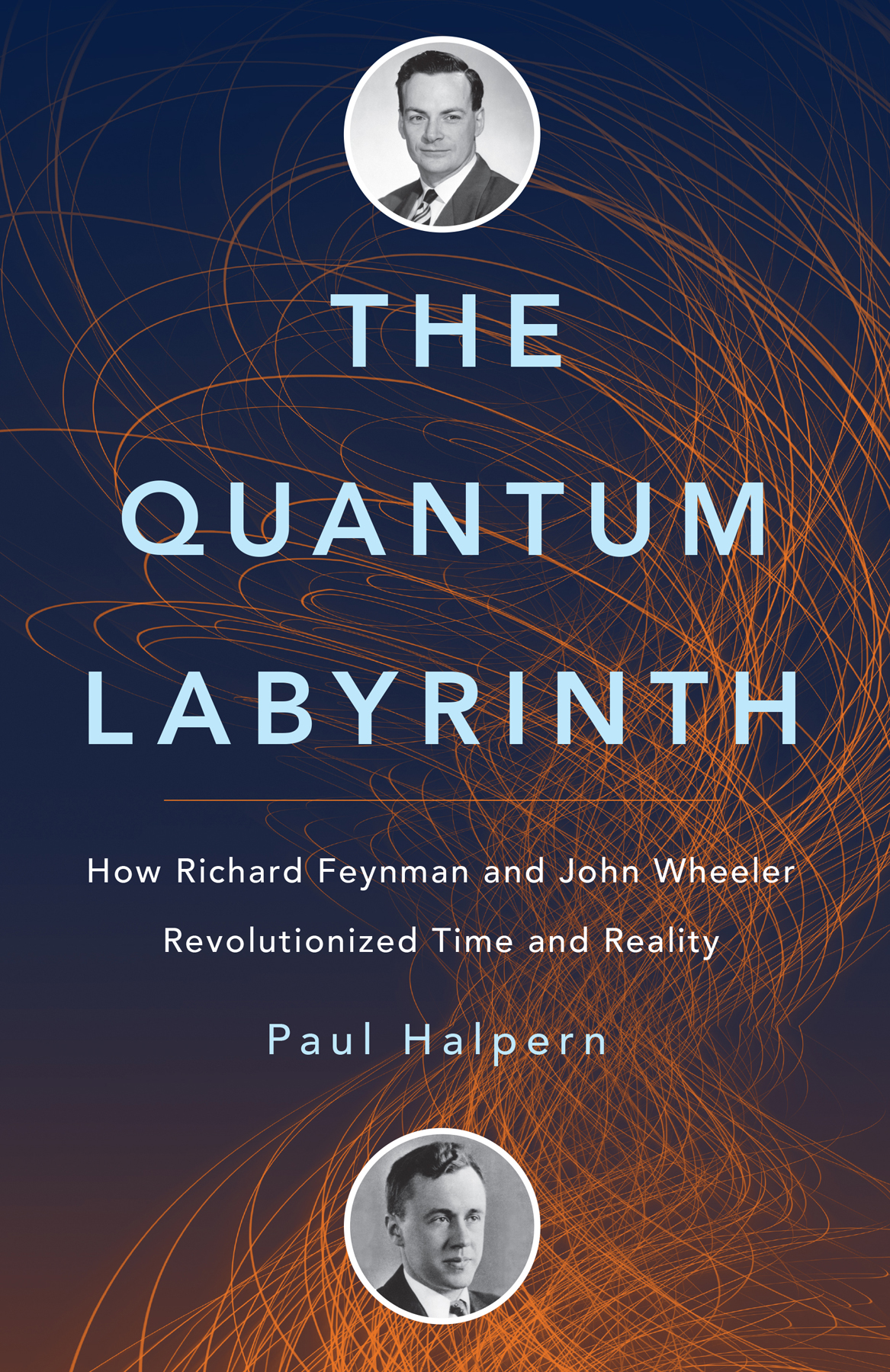How come time? It is not enough to joke that Time is natures way to keep everything from happening all at once.
John A. Wheeler, Time Today
I thought of a labyrinth of labyrinths, of one sinuous spreading labyrinth that would encompass the past and the future and in some way involve the stars.
Tyger Tyger burning bright,
In the forests of the night:
What immortal hand or eye,
Dare frame thy fearful symmetry?
William Blake, The Tyger
It is nighttime in Princeton, and we are going on a ghost hunt. The town is eerily quiet; all the shops are closed. A cold, full moon illuminates the leafy university campus.
More than seventy-five years ago, roughly corresponding to the start of World War II, a quiet revolution began here in our understanding of the nature of time. Discussions between two brilliant physicists, Richard Phillips Dick Feynman and John Archibald Johnny Wheeler, set off a chain of events that fundamentally recast the notion of time and history in quantum physics. Ultimately, their ideas transformed the concept of time from a single stream flowing inalterably in one direction into a labyrinth of alternatives extending backward as well as forward. By probing Princetons past, we wish to unravel how this radical change was born and understand its impact on the contemporary search for a complete explanation of physical reality.
We start our trek into scientific history at Nassau Hall, the universitys traditional hub. Bronze tigers, one on each side, guard its front entranceway in a wonderful spatial symmetry. Walking northward, we pass through FitzRandolph Gate, the campuss ornate portal with twin stone eagles perched on two monumental columns. We reach Nassau Street, Princetons main thoroughfarethe demarcation between town and gown.
Gazing across the street, in contrast to the elegant architectural balance of the campus buildings, we notice a marked asymmetry. Eastward on the right is Lower Pyne, a marvel of Tudor gingerbread design, fashioned after sixteenth-century houses in Chester, England. It is truly stunning. Westward, on the left, is an unadorned bank. Austere, boxy, and cold, it seems an unworthy companion to the friendly, delicate edifice on the right.
We cross the street and are swept up in an unexpected haze. The clear night has suddenly turned foggy. Like a phantom in the mist, we see Upper Pyne, Lower Pynes long-lost companion. Built in similar style at the same time, its most prominent feature is a sundial clock with the Latin motto Vulnerant omnes: ultima necat (The hours all wound, but the last one kills!). The building was demolished in the early 1960s to make way for the bank. But to our tired eyes at least, it seems to be standing just fine. Symmetry has been restored.
Palmer Square, even farther west, appears verdant and new. Its shops were built during a gentrification phase of the late 1930s. Strangely, they look like theyve just opened. A newsstand displays a headline about Adolf Hitlers invasion of Polandwhich we remember happened in September 1939. A movie poster advertises The Wizard of Oz. Ive a feeling were not in the twenty-first century anymore.
THE GRADUATE
After a bit more walking we find ourselves in Princetons Graduate College, a castle-like enclave just off the main part of campus. The complex is a cloister within a cloister, offering an isolated environment for busy graduate students. Here, students reside in simple but comfortable dorms, take their meals in a central dining hall, and attend posh social functions such as dances and teas.
Most of the residents are asleep. But lights are on in a small, ornate library room, where a lanky, brown-haired twenty-one-year-old, slouched in a chair, mouth curled into the hint of a smile, gazes intently at a book on classical mechanics propped on his lap. He is a first-year graduate student preparing for an undergraduate course for which he will serve as a teaching assistant and grader. While the material is familiar to him, he has decided to take a quick look at what might lie ahead in the course. He is bracing for the imminent challenge of wading through piles of homework, checking students calculations and correcting their errors in a way that motivates them to hone their problem-solving skills.
A pyramid-shaped table lamp illuminates the passage the young graduate student is reading. It is about the head-on collision of two carts on a frictionless track. He runs through the problem in his head. Given the carts masses and initial velocities, the laws of physics dictate exactly what will happen next. According to Isaac Newtons third law of motion, for every action there is a reaction of equal magnitude and opposite direction. That means each cart experiences the same amount of force due to the other, but aimed in opposite ways. Following Newtons second law, force is change of momentum: the product of mass times velocity. Because each cart feels the same force, it changes its momentum by the same amount: one giveth and the other taketh. That universal balance is called the law of conservation of momentum.


